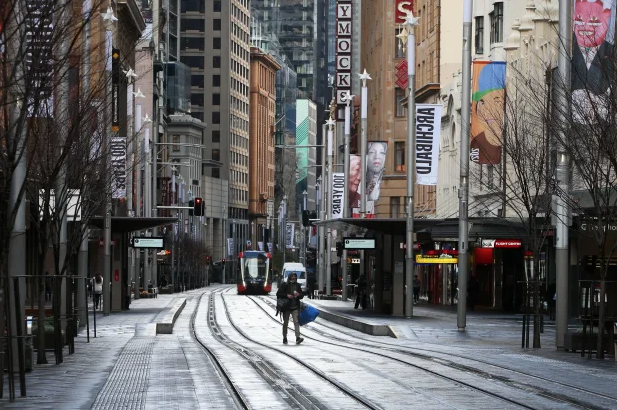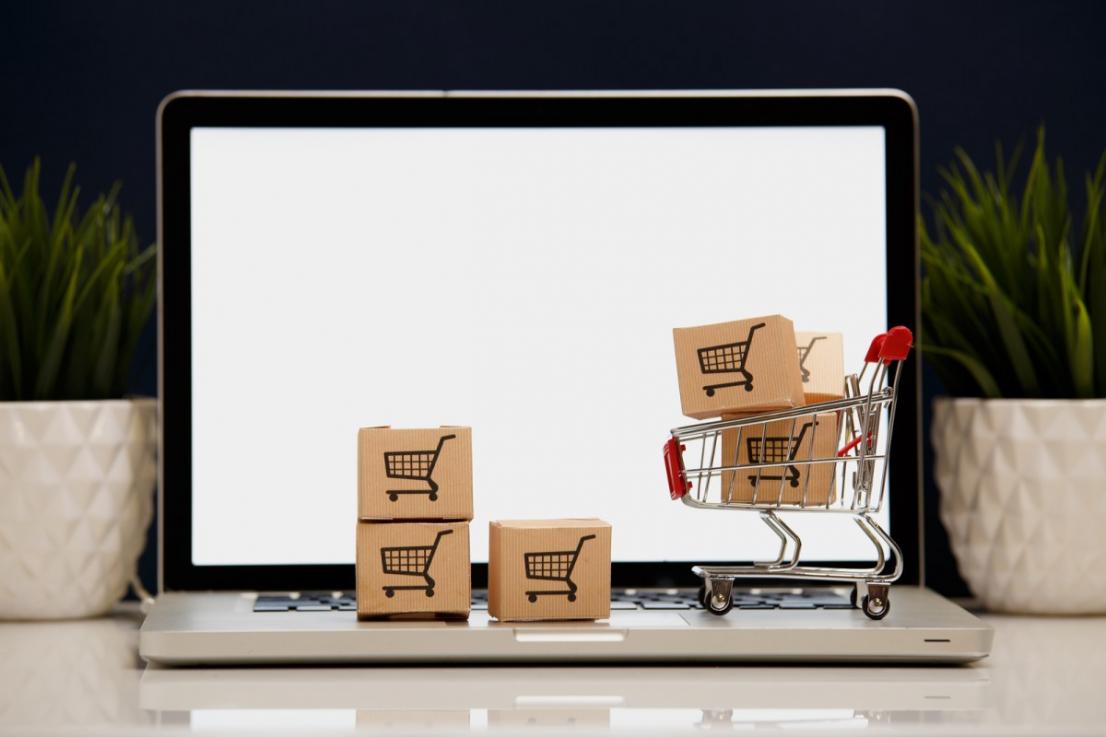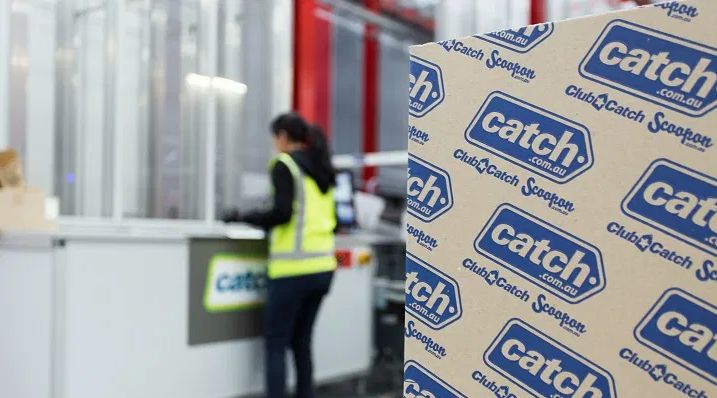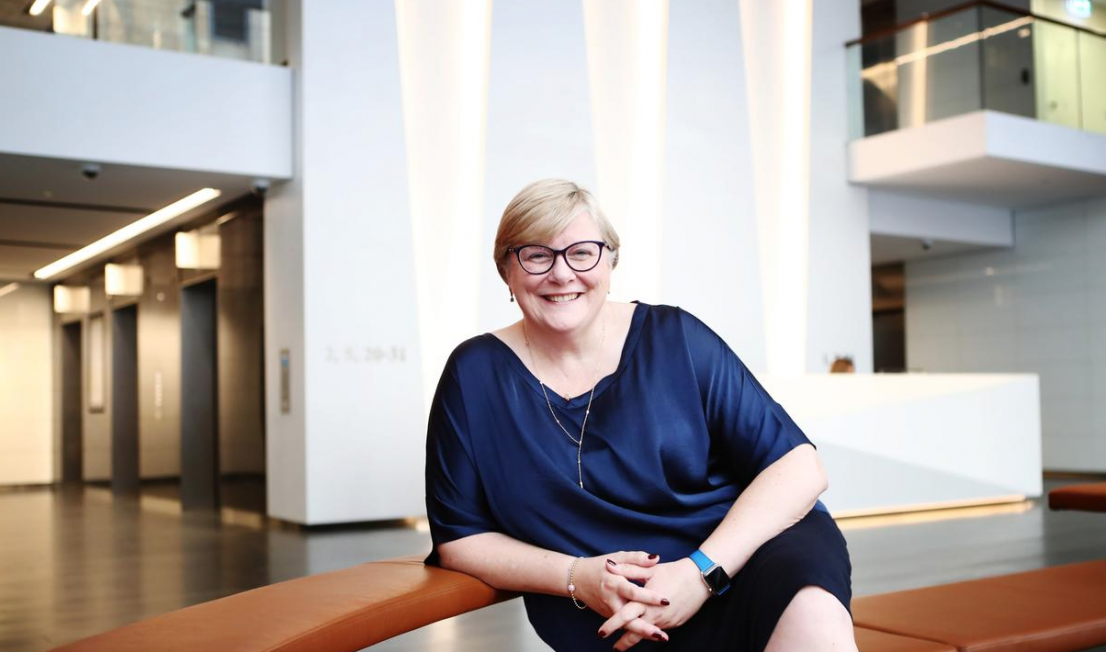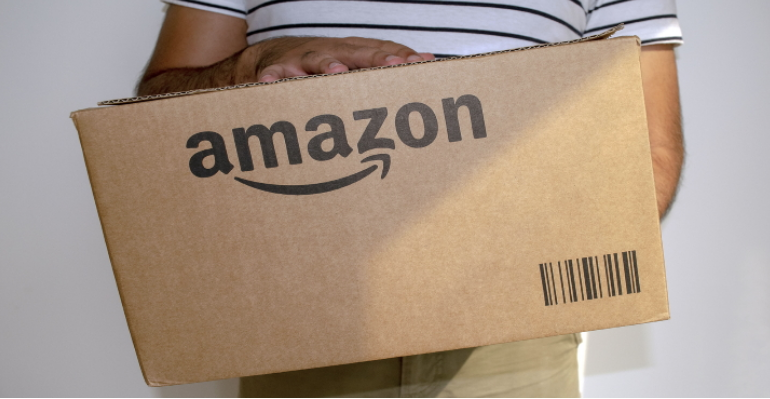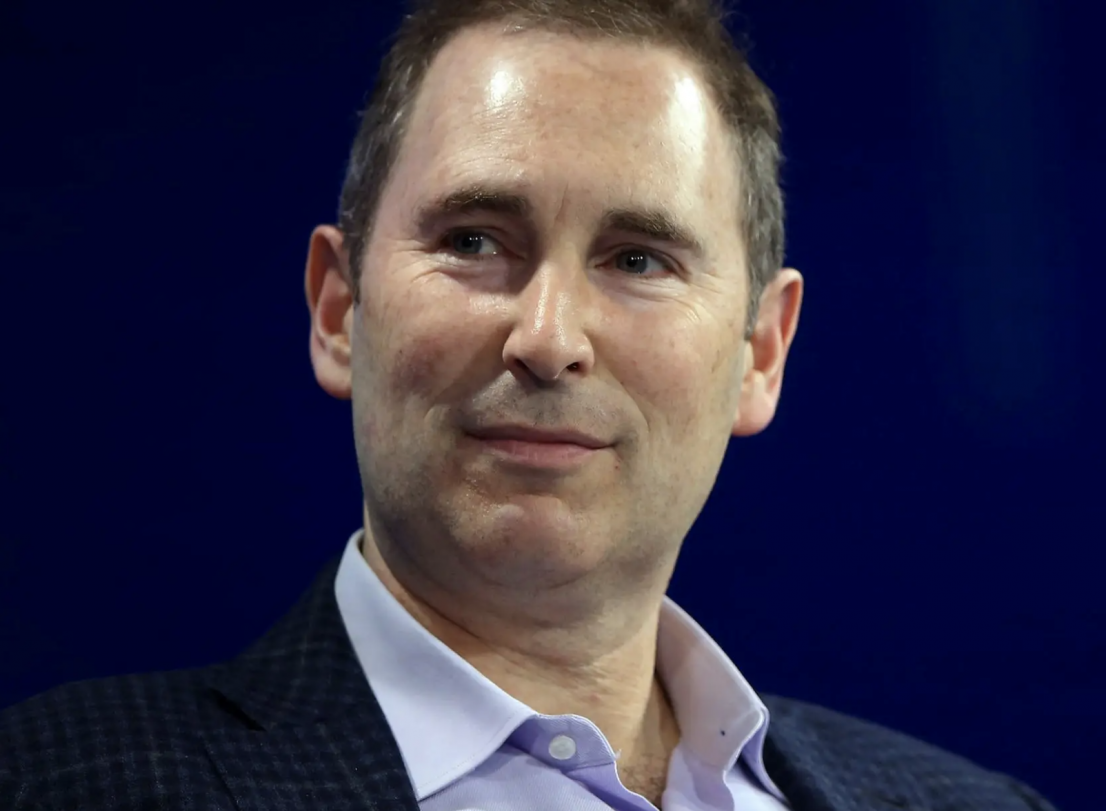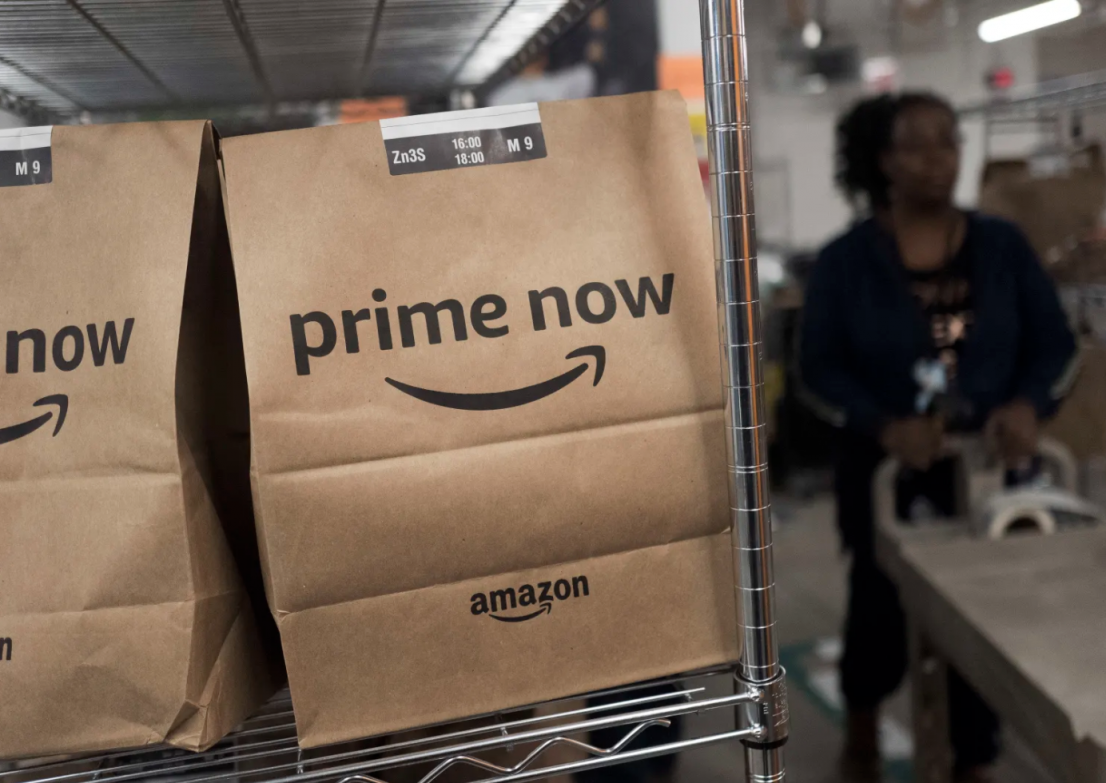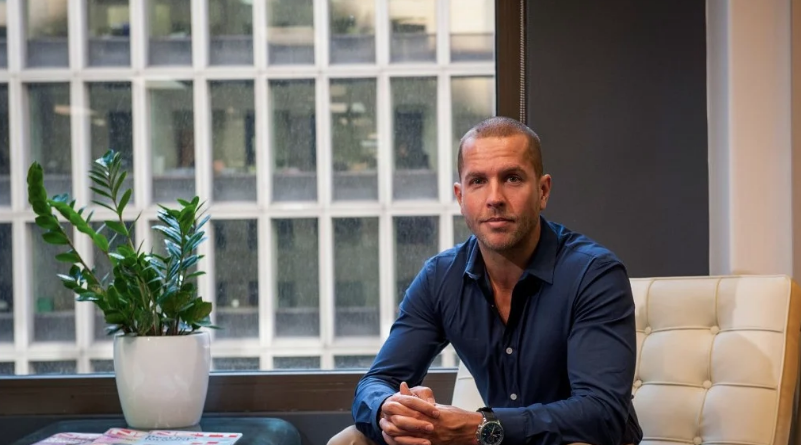
- Australian developers are negotiating as much as six-figure raises as the battle for tech talent goes up a gear.
- Closed international borders are seeing companies resort to all manner of incentives to try to fill vacancies, with some engineering roles remaining unfilled almost four months on since they were posted.
- Without a fully vaccinated population and the movement of migrants into the country, many in the industry expect the skill shortages will get worse and fear Australia will become less competitive as its digital economy falls behind.
Australia’s closed borders might have saved the country from the worst of the pandemic, but the hardline measure hasn’t come cheap, with the true cost – to individuals, businesses, and entire industries – yet to be counted.
While most Australians might be upset their European summers are still at least another year away, it is the free movement of skilled workers into the country that is already beginning to hurt the economic recovery, with businesses unable to find the people they need to grow.
“The border closures are preventing top talent from entering our markets so everyone is fighting for a minute amount of local talent, resulting in huge salary increases,” businessman and rich lister Nick Bell told Business Insider Australia.
With Australia having long-suffered skill shortages when it comes to tech, Bell says job candidates are now demanding salaries 50% higher than before the pandemic.
As a result, developers are securing raises overnight worth $50,000 a year and heaping budgetary pressure on businesses as they emerge from 2020.
Other industry sources told Business Insider Australia that in some extreme cases six-figure raises are being thrown around.
That is of course if businesses can even find workers in the first place. Bell, who owns 12 different digital agencies, says he is advertising widely and across social media, engaging multiple recruiters and even offering $5,000 referral fees in a bid to find people to continue expanding.
Baraja is an Australian startup developing systems for autonomous vehicles. While it managed to raise $40 million in March, it says employees are proving difficult to find.
“We’re essentially doing things that haven’t been done before which does mean we have a very small and select pool of talent to draw from worldwide,” co-founder and CEO Federico Collarte said.
“In addition, we’re a fast growing business and our growth is reliant on finding the right people.”
It is struggling to fill 21 different roles in Australia right now, with systems, software, and optical engineers in such short supply that some roles have been sitting vacant for almost four months.
With everything now digitised, huge industries from hospitality to banking are now feeling the pinch. Take online marketplace FoodByUs, which connects restaurants with wholesalers, and has been growing as fast as they can hire.
“We’ve doubled our team in the past twelve months across our Sydney, Melbourne and Brisbane offices, and trying to get talent in Australia to support our growth has been really hard,” co-founder Ben Lipschitz said.
“We have a thorough process for hiring to ensure we keep getting the best talent but while the borders are closed the ‘best talent’ pool is way more limited than it ever had been.”
Australia could lose its global standing
It is clearly presenting a coup for tech workers who are now in positions to extract more than ever from prospective employers.
It is a distortion that could spread to other sectors as well, according to the Reserve Bank of Australia (RBA). The central bank anticipates that wages for most Australians aren’t likely to grow until overall unemployment is slashed to all-time lows, but that closed borders will produce pay rises not seen in years for a lucky few.
Money aside though, it does present another challenge even for those who can secure new workers.
“The outliers that would never really get pushed forward for jobs are now getting work in roles that they shouldn’t be,” financial services digital consultant Chris Tilling said.
The risk then becomes that businesses end up addled with expensive workers who can’t deliver anyway, eventually producing inferior digital products.
But beyond that, Tilling sees closed borders, as a result of a bungled vaccine rollout, as creating a “missed opportunity” for Australia.
“Australia innovates really well but we don’t commercialise it as well as other countries. But the ones we compete with directly are those like Israel that are pretty well inoculated now,” he said.
“The challenge we have is that if we don’t open up then we could end up lower down the white collar food chain.”
A lack of talent is going to be felt in Australia for years to come
The longer the borders remain closed, and the longer it takes to vaccinate Australia more broadly, the more encumbered Australia is going to become.
According to a Google study conducted earlier this year, 42% of Australian businesses reported that local innovation was mainly being held back by a lack of human capital, with the figure expected to surge higher this year.
“Digital transformation and Cloud adoption is more important than ever before as the economy and markets shifted in the wake of COVID-19, but one of the biggest challenges that Australian enterprises are facing is a shortfall of skilled talent,” Google Cloud ANZ director of customer engineering Matt Zwolenski said.
The shortages predate any public health scare, with the local industry struggling to keep up with the demands of business, with security worryingly being one of areas most let down. To combat it, Google has launched a Skills Challenge to offer no-cost training to those looking to upskill.
“One major reason they cite is the rate of technological change is outpacing skills development,” Zwolenski said.
“While many organisations have training programs in place, they aren’t robust enough to keep up with the rate of change in technology. And a lack of skilled talent is not only a barrier to innovation, many organisations will take a financial hit as a result of skills gaps.”
The failure to properly train Australian workers was likely a challenge that would have been better addressed years ago, but it’s not too late to start making amends.
Several industry figures told Business Insider Australia that more needs to be done to improve education opportunities in the country, as universities continue to lag behind.
It’s a challenge at least publicly recognised by the Morrison government which pledged $1.2 billion to the industry as part of its May Budget, including a $100 million digital skills package.
“We must keep our foot on the digital accelerator to secure our economic recovery from COVID-19,” the Prime Minister said at the time.
The handbrake for now appears firmly on though, with impact of those policies some way off. As businesses take who they can get, there may at least be a silver lining for some.
Boutique tech consultancy firm State of Matter says workplaces are not only having to do better in order to keep and attract the right people, but there are greater internal opportunities for those that stay.
“We’re doubling down on motivating, training and supporting our existing team members and giving them stretch opportunities, where as previously we might have looked to hire externally,” consultancy director Alex Lal said.
Others have something even more meaningful to gain.
“Right now, we’re actually looking to sponsor people that are already here and whose student visa status is about to change,” Tilling said.
“So we’re going through that process now to retain them because we don’t actually lose them altogether.”
